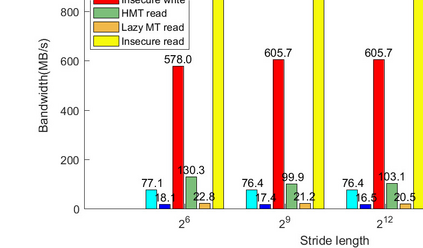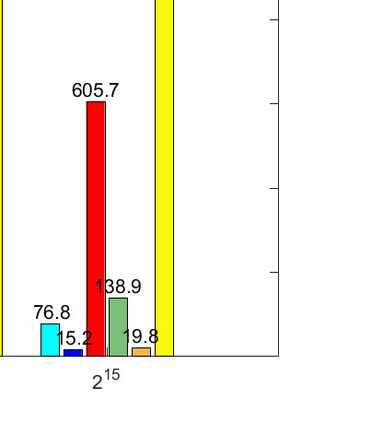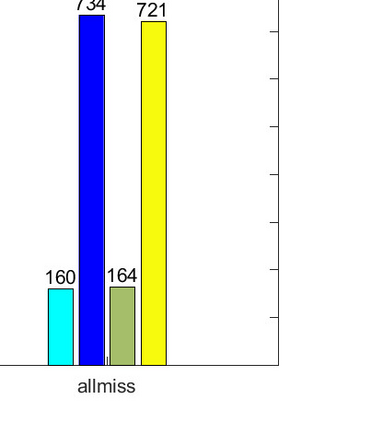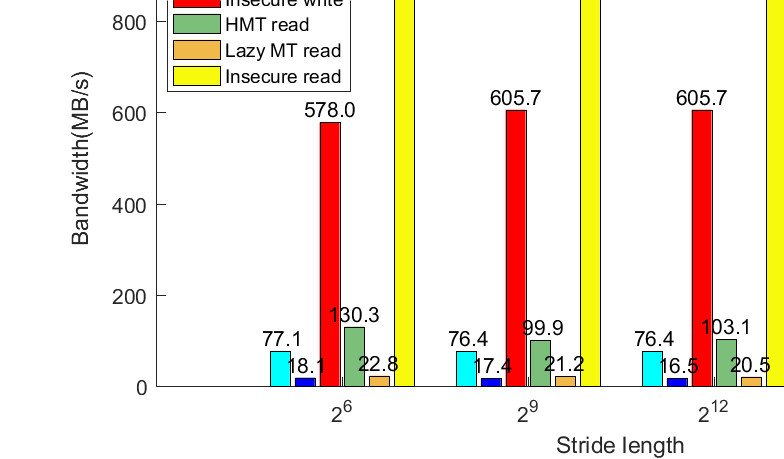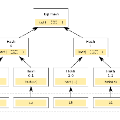Bonsai Merkle tree (BMT) is a widely used data structure for authenticating data/metadata in a secure computing system. However, the predominantly recursive andsequential nature of traditional BMT algorithms make them challenging to implement with Field-Programmable Gate Array (FPGA) in modern heterogeneous computing platforms. In this work, we introduce HMT, a hardware-friendly implementation methodology for BMT that enables the verification and update processes to function independently, as well as saves additional write-backs by making the update conditions more flexible compared to previous algorithms. The methodology of HMT contributes both novel algorithm revisions and innovative hardware techniques to implementing BMT. Our empirical performance measurements have demonstrated that HMT can achieve up to 7x improvement in bandwidth and 4.5x reduction in latency over the baseline.
翻译:Bonsai Merkle树(BMT)是一个广泛使用的数据结构,用于在一个安全的计算系统中验证数据/元数据,然而,传统的BMT算法主要具有循环性和顺序性,因此难以在现代混合计算平台中与外地可配置门阵列(FPGA)一起实施。在这项工作中,我们引入了HMT,这是BMT的硬件友好执行方法,使核查和更新程序能够独立运作,并通过使更新条件与以前的算法相比更加灵活而节省了额外的回写。 HMT的方法为实施BMT提供了新的算法修订和创新的硬件技术。我们的经验性绩效测量表明,HMT能够在基线上实现高达7x的带宽改进和4.5x的延绳。

